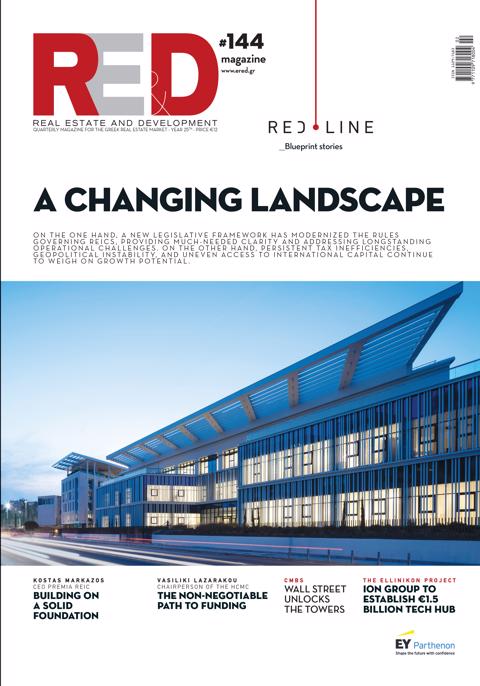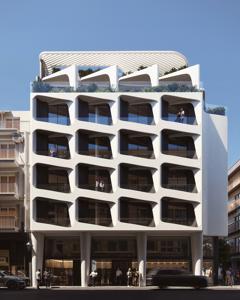In June 2025, the average occupancy rate for Athens hotels stood at 88.9%, marking a 2% decrease compared to June 2024 (90.6%).
The average daily rate (ADR) fell by 3.7%, reaching €228.50 (down from €237.18), while Revenue per Available Room (RevPAR) declined by 5.5%, dropping to €203.04 from €214.95 in June 2024.
In the first half of 2025, hotel performance in Athens showed a notable improvement compared to the same period in 2024.
Average occupancy reached 74.5%, marking a 1.3% increase, while the average daily rate (ADR) rose by 1.9% to €169.96. Revenue per available room (RevPAR) also grew by 3.2%, reaching €126.54.
These increases are largely attributed to the strong performance recorded during the first quarter of the year.
Despite encouraging first-half figures for Athens’ hotel sector, a comparison with other major Southern European cities highlights that the Greek capital continues to underperform in key performance metrics — including occupancy, average daily rate (ADR), and revenue per available room (RevPAR).
In the first half of 2025, Athens recorded an average occupancy rate of 74.5%. While this marks a slight increase over the same period in 2024, it still trails behind cities such as Madrid, Barcelona, and Rome. Athens only surpassed Istanbul in terms of average occupancy.
Specifically, Madrid saw a marginal occupancy increase of 0.1%, while Barcelona and Rome experienced slight declines of -1.4% and -0.4%, respectively. Even so, all three cities maintained higher overall occupancy rates than Athens.
The gap becomes more apparent when analyzing ADR. Athens recorded a 1.9% increase in average daily rates; however, other destinations posted more robust growth. Madrid saw a 6.6% rise, followed by Rome at 3.5% and Barcelona at 3.1%. Istanbul was the only city to report a decline, with ADR falling by 1.5%.
Similarly, Athens posted a 3.2% rise in RevPAR, yet other cities outperformed again. Madrid led with a 6.8% increase, while Rome and Barcelona posted gains of 3.1% and 1.6%, respectively. Only Istanbul registered a RevPAR decline of 1.4%.
These figures suggest that while Athens is steadily improving, it has yet to reach the performance levels of its regional peers, which continue to enjoy competitive advantages in both qualitative and financial aspects of hospitality.
The underperformance is attributed to several factors, including international uncertainty affecting key tourist markets for Athens — most notably the U.S. and Israel — and an increase in accommodation supply within the city. Nonetheless, Athens appears to be moving in a more strategic and outward-looking direction, investing heavily in its coastal zone and diversifying its tourism offerings.
The key challenge for Athens remains establishing itself as a high-performing city destination that can compete on equal footing with the leading capitals of Southern Europe.















